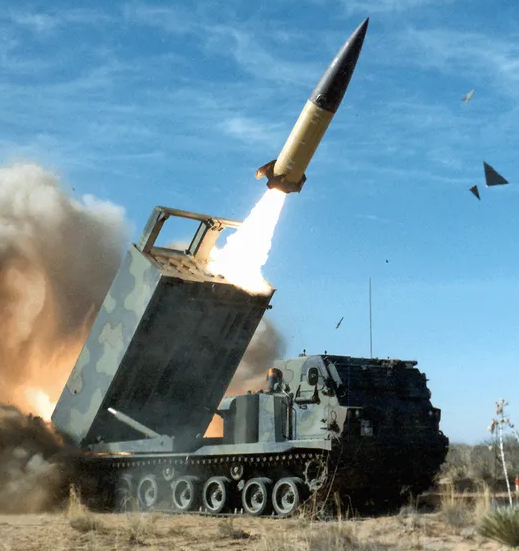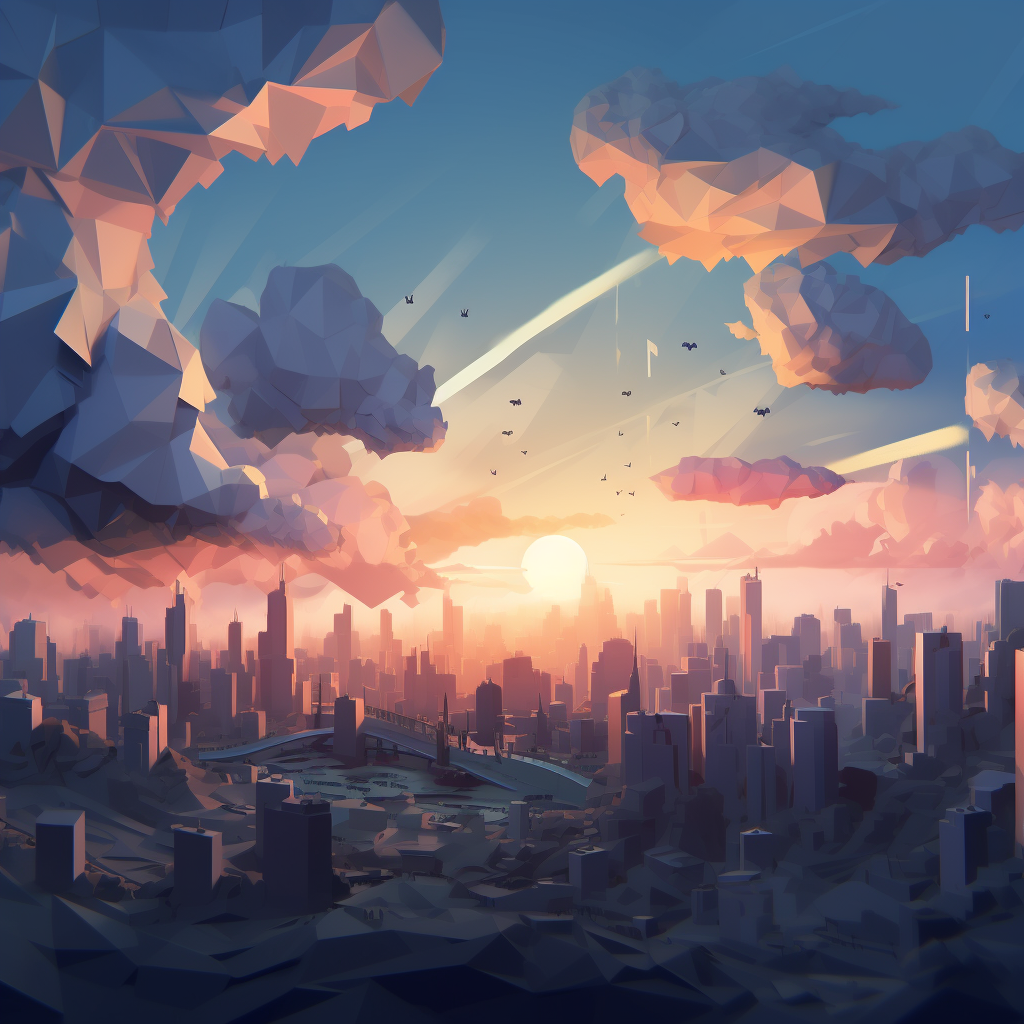Nuclear and renewables together is where it is at. Anything less means more gas burned.
It is unfortunate how deep anti nuclear sentiment goes with many people. Modern and future reactors are so different from old designs
Even the old designs aren’t that bad all things considered. Even including all exclusion zones, nuclear probably still uses the least amount of land per TWh per year…

Note on data:
spoiler
Based on real-world data, except for CSP which uses expected data of existing sites. Only electricity production and not direct use of biofuels. Dedicated biomass includes only woody biomass from willow, poplar, and spruce trees. Residue biomass refers to using a coal plant to burn extant biomass, requiring no feedstock land use but using more space than coal plants because biomass is less efficient. American nuclear power plants use more space than most countries because of less reactors per plant. Factors in nuclear exclusion zones (area divided by total historical power generation) even though partially inhabited. Includes fuel production as “indirect land use”, part of “total land use”. Excludes run-of-the-river hydroelectric projects. “Spacing” includes space in between wind turbines and fossil gas well pads even if empty of any infrastructure. Excludes land needed to mine materials or other upstream land use, land needed for energy transmission, and offshore area impacts and underground impacts.
Olkiluoto-3 Started construction in 2005, was supposed to be in service by 2009. It entered service this past year, somewhere around €7B over budget. It would have been more but for specific liability clauses in the contracts.
Flammanville-3 started construction in 2007, was supposed to be in service by 2012. Currently, they’re predicting that it might come online in 2024. Initial estimate of €3,3B has bloated to €20B, for only a single 1660MW EPR.
Hinckley Point C is already £10B over budget and years late, currently estimate in-service date is 2027.
It’s no different in North America, with V.C Summer 2&3 project being cancelled while under construction, when the budget bloated from $9B to $23B. Vogtle 3&4 went from $12B initially to $14B, then to somewhere around $30B.
Nuke supporters love the “Green” strawman. The reality is the utilities wouldn’t touch one with a ten ft pole if they have any alternatives at all, and it’s strictly due to the economics.
Sweden has a solid base of existing nukes and hydro. The buildout of wind/solar even geothermal would be far faster and cheaper than additional nukes.
This video explains why every single engineering project ever has gone over the initial budget.
https://www.youtube.com/watch?v=dOe_6vuaR_s
When you factor in that a nuclear project will face additional hurdles, you get an idea why every reactor build these days is over budget.
Because that initial budget was the back of the napkin calculation before any site surveys or permitting or anything else, because in order to get the permits for those site surveys and such, you need an initial budget.
The press then reports these napkin numbers as if they were the final budget.
As another note here, nuclear projects tend to face massive regulatory sabotage from people who are ideologically opposed for various reasons. (usually tracing back to money from fossil fuels). This drives up the cost considerably as well.
I think this is on balance good, but the swedish context makes it a bit problematic in some aspects.
The right has essentially weaponized some sort of perfect utopian image of nuclear that makes it the answer to all questions on climate policy. The unstated gist of it is this: “Since we’re doing nuclear, we don’t need to take any other actions to mitigate climate change”. This allows them to take populist positions on carbon taxation and other “green” reforms that cause more harm than their push for more nuclear mitigates.
So yeah, as I said, this in itself is good, but watch out for the results on non-nuclear environmental policy.
Nuclear Power has always been the answer but it requires strict adherence to regulations. It helps that spent fuel is recyclable and can be used over and over for decades. Only in the United States is it not recycled due to 70s Era regulations.
Spent nuclear fuel can be recycled to make new fuel and byproducts. More than 90% of its potential energy still remains in the fuel, even after five years of operation in a reactor. The United States does not currently recycle spent nuclear fuel but foreign countries, such as France, do. There are also some advanced reactor designs in development that could consume or run on spent nuclear fuel in the future.
https://www.energy.gov/ne/articles/5-fast-facts-about-spent-nuclear-fuel
deleted by creator
Build nuclear reactors and people complain about waste. Build solar panels and people complain about the destruction of local habitats. Build wind turbines and people complain about the view. Build hydroelectric dams and people complain about the river ecosystem.
Serious question, what options do they have? I don’t know enough about Sweden to comment.
Nuclear is the cleanest energy available on the planet. The fuel lasts for decades and is 90% recyclable. Heat up water, make steam, spin turbines. That’s it. Then you recycle the rods and do it again. Only 10% of the energy can’t be used after decades of producing power.
Ah, I see, you want the nuclear wastes in your appartment/house because it is so clean. We finally found a place for it.
Nuclear is nowhere near clean. And its waste stays radioactive for milennias. Renewable energy sources are way cleaner.
Here’s a little science lesson for you, the longer something is radioactive, the less dangerous it is. Danger is expressed as dose over time. If that time is hundreds of thousands, or millions of years, the dose per second will be miniscule.
Also, if all the nuclear waste ever produced was gathered into one location, it would all fit on a standard football pitch. That’s how efficient this stuff is.
And then you ask what do we do with this waste? Well, 90% of it can go right back into a reactor, a lot of the remaining 10% can be used in various industries, including medicine.
The rest? Just bury it and forget about it, by the time any theoretical future civilization digs it up, it will have decayed into a stable form.
The final little note, most of the anti-nuclear talking points were invented by the fossil fuel industry. Some of the talking points go back to the 1950s
The final little note, most of the anti-nuclear talking points were invented by the fossil fuel industry. Some of the talking points go back to the 1950s
So instead of (rightly) not believing the fossil fuel industry you link to a website created by a guy working on nuclear reactors? This is exactly the same: big companies want everyone to build centralized big plants instead of local productionthat actually helps home owners and the regular people.
Nuclear waste is a huge problem as many countries simply don’t find a place to burry the stuff. You don’t need a lot of nuclear material to cause consequences that will last for centuries.
Nuclear Power Plants also might be safe under normal circumstances but they are not safe in case of human stupidity, wars and earthquakes/tsunamis.
Compared to something like solar or wind nuclear is just stupid. It is unsafe, only big corporations profit of it, has huge risks, is centralized and therefore a risk factor, way to expensive and simply a bad idea. It also takes decades to build Nuclear Powerplants.
So if you have some, let them keep running if you must but don’t build new ones, invest into safe sources of energy instead.
Grid-scale energy storage is not yet practical. When the wind isn’t blowing and the sun isn’t shining, do you want to burn gas or nuclear. Those are the choices.
Though, I suppose you could also go the German route, close your nuclear plants and then be forced to reopen coal plants due to power shortages.
I think that‘s great and hope my country will clear the way to build more nuclear power plants too
Sure, the radioactive waste is not great, but renewable energy sources are too unstable to provide the baseline of power consumption
Nuclear could provide that base power. Renewable sources in combination with pumped-storage hydroelectric facilities (or other ways to store power) would then be able to cover the fluctuations in demand
Eventually we hopefully figure out how to generate power using fusion, but for now I don‘t think we have other good options








